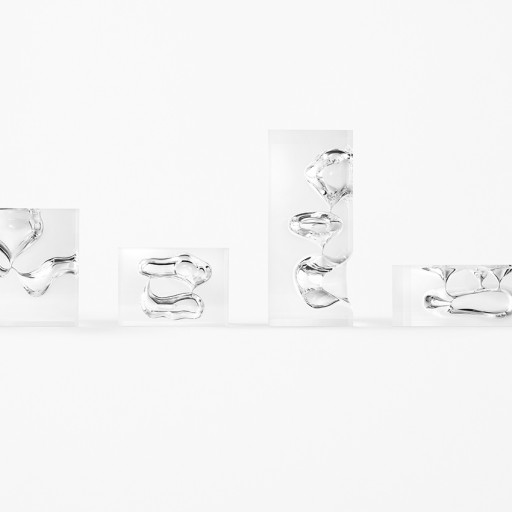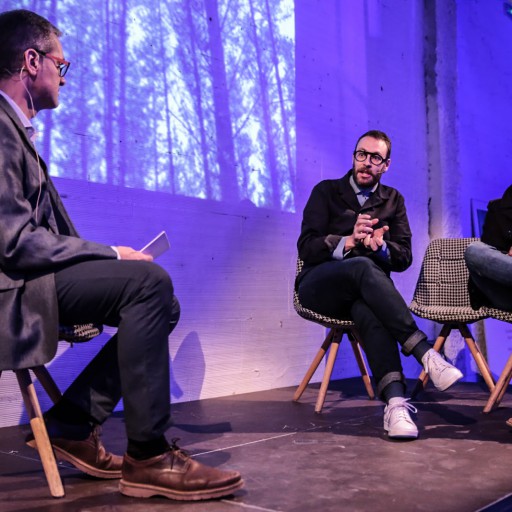“Architecture is inhabited sculpture”, said Romanian artist Constantin Brancusi. However, walking down the street, we rarely stop to look closely at the buildings around us. If you look at them with the right eyes, they could all be considered works of art, but they are usually too similar to attract attention. All this changes if we find ourselves in front of a construction that could almost be considered a sculpture. These buildings—striking, artistic, different—are one of the trends in architecture.
Non-residential buildings: archisculpture
When referring to this type of buildings, it is inevitable to talk about the large non-residential projects that constitute the best-known examples of these large inhabited sculptures. This is what was called archisculpture in an exhibition at the Guggenheim Museum in Bilbao in 2005. In the presentation, Markus Brüderlin, curator of the exhibition, pointed out how in the last century both disciplines, sculpture and architecture, had drawn from each other, resulting in buildings of the most artistic and special kind. “What is an archisculpture? Look around you! “It is found in one of the largest architectural sculptures on the planet,” he said. The Guggenheim in Bilbao, the work of architect Frank Gehry, is indeed one of the greatest exponents of this artistic union.
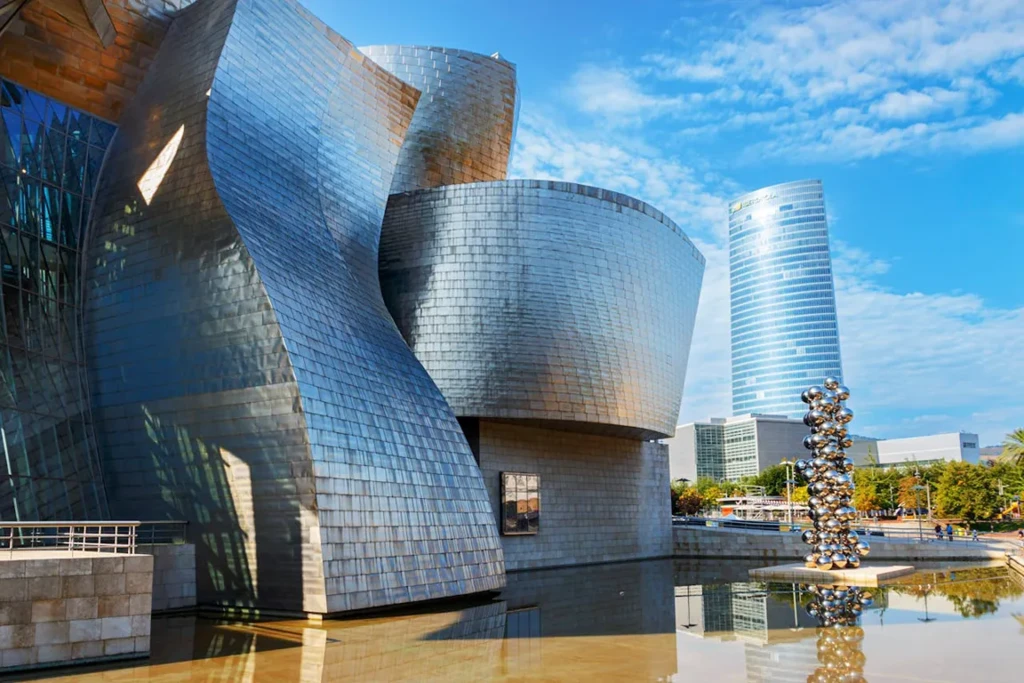
Although Brüderlin attributed the boom of the moment to technological advances that allowed architecture professionals to “configure their buildings with the most unusual plastic forms” (and gave as an example Norman Foster’s “Gherkin” in London), he also recalled that sculpture and architecture have always fertilized and used each other. A very clear example? The Egyptian pyramids. But also Gothic cathedrals or projects such as Newton’s Cenotaph designed by Etienne-Louis Boullé in 1784.
Another example of non–residential sculptural architecture is the Dancing House in Prague, designed by Czech architect Vlado Milunić in collaboration with Frank Gehry, and completed in 1996.
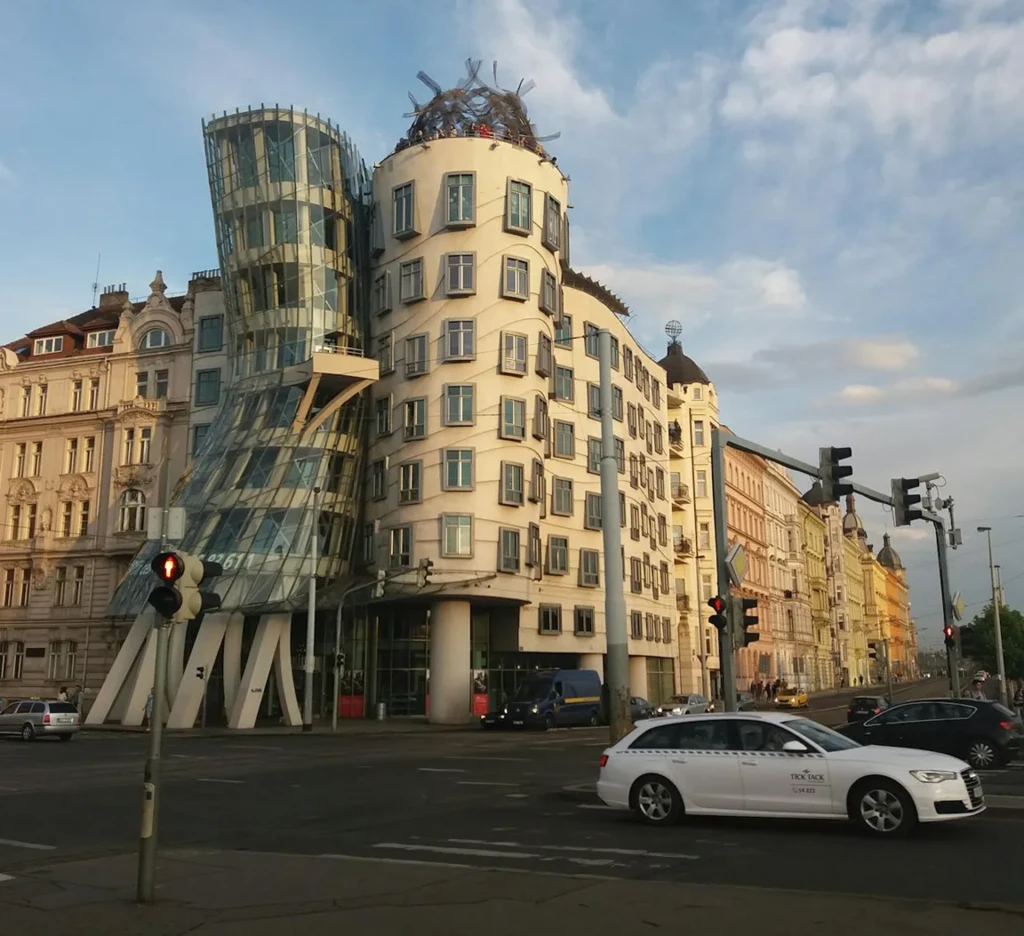
The building, located in the heart of the city (and therefore surrounded by the nineteenth and early twentieth century architecture of that area), is made up of two towers, one made of stone and one made of glass, which appear to be dancing (the architects were inspired by Ginger Rogers and Fred Astaire). It is an office building, although there is also a hotel area and an art gallery.
Sculptural houses… and tourist attractions
Of course, not all examples of sculptural architecture are intended for art or to house institutions or workplaces. There are thousands of examples all over the world of what Brancusi said: inhabited sculptures. These are the houses that stand out from the rest, that, far from wanting to fit in perfectly with the buildings that surround them, stand out for their originality. In some cases, they have even become must-see stops for tourists who, even without an interest in architecture, pass through their cities.
In this category, the residences designed by Antonio Gaudí —and in some cases still inhabited—provide a perfect understanding of what we’re talking about. It is impossible to walk past Casa Batlló, on Barcelona’s Paseo de Gracia, and not look up at its façade, full of curves and motifs evocative of nature.
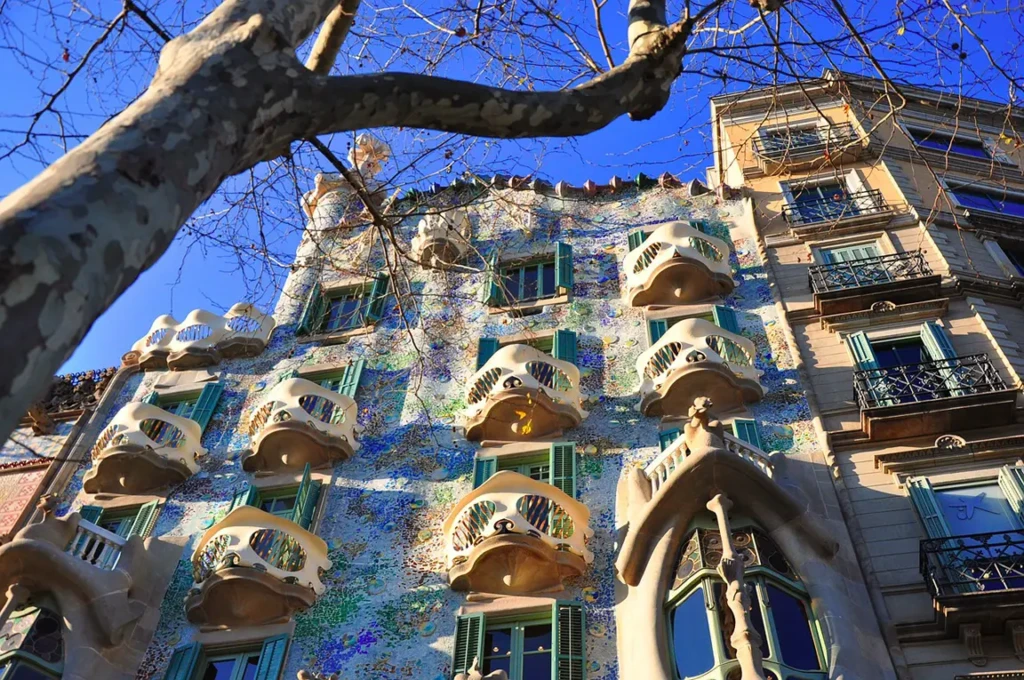
Another example of a residential building converted into a tourist attraction is the Hunderwasserhaus in Vienna (Austria). Designed by the Austrian architect Friedensreich Hundertwasser, completed in 1986 and located somewhat far from the most visited part of the city, the construction was conceived from the beginning as a building for social housing, showing that this type of residence does not have to be synonymous with a grey and dark place. An undulating, colourful façade—characteristics echoed throughout its interior—and a single goal in mind: to create playful architecture that resembles a mirage or a sort of dreamlike apparition, filled with surprising elements and abundant vegetation.
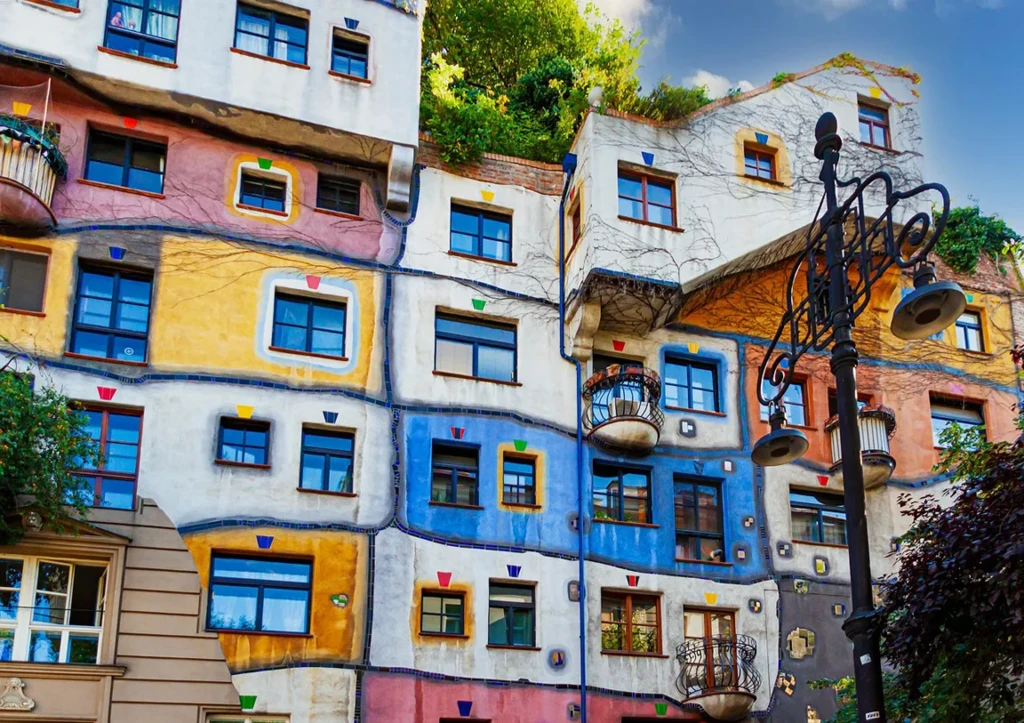
Examples of private houses with a sculpture effect
The desire to live in a unique, original home that could be considered a work of art has never disappeared, much to the relief of architecture professionals who want to unleash their artistic side. Here are some examples from around the world:
1. Bubble House (Minzier, France)
Claude Costy, the Swiss architect behind this house in Minzier, is also a sculptor, which is not surprising when you see her work. The bubble houses —which she designed in collaboration with her husband, Pasca Häusermann —are an expression of the organic architecture they both championed: they sought to integrate better with the natural environment and also adapt to human movements, which, they advocated, are more circular. From the outside, its bubbles, made of concrete, look like gigantic fossils emerging from the earth. The interior, for its part, is reminiscent of the chambers of a cave. Although the actual construction of this type of home is cheaper and faster, costs multiply when it comes to finding curved windows and furniture that fit into a space without straight lines.
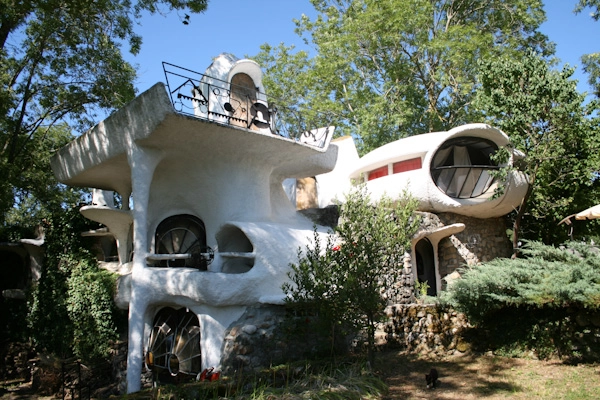
2. Malaparte House (Capri, Italy)
Perched atop one of the cliffs that sculpt the coast of the Italian island of Capri, the Malaparte House has been wowing curious people and architecture students alike since its construction in 1937. The design is the work of a writer, Fabrizio Malaparte, who after arguing with the architect who had commissioned the house, took the reins of the project. It stands out for its red bricks, its parallelepiped shape and, above all, for the exterior staircase in the shape of an inverted pyramid that leads to a flat roof. It is currently not inhabited (although the initial idea was for it to be a home), but rather a centre for architectural study and research.
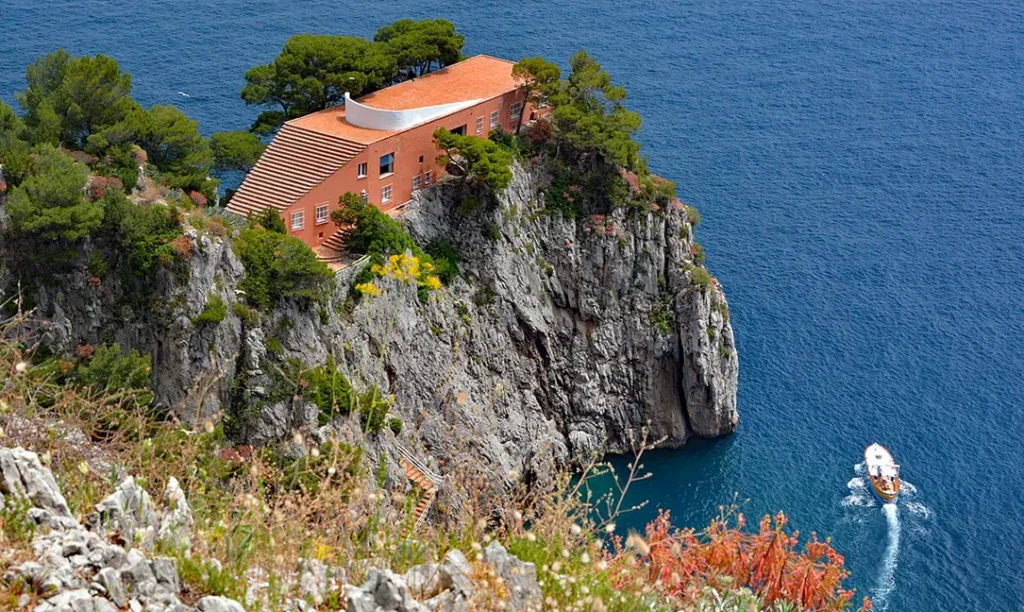
3. Project Milestone (Eindhoven, Netherlands)
These houses are sculptures… printed in 3D. In 2021, the first tenants of these concrete houses received their keys and became the first people to live in a printed building. The project has been so successful that new multi-story homes will be put up for sale in 2024. The sculptural element, that aesthetic that draws attention, is once again in that search for integration with the nature of its surroundings. The Project Milestone houses resemble large boulders or even standing stones, arranged in a circle to transform the centre into a space for community and play. A kind of inhabited Stonehenge, created by a 3D printer.
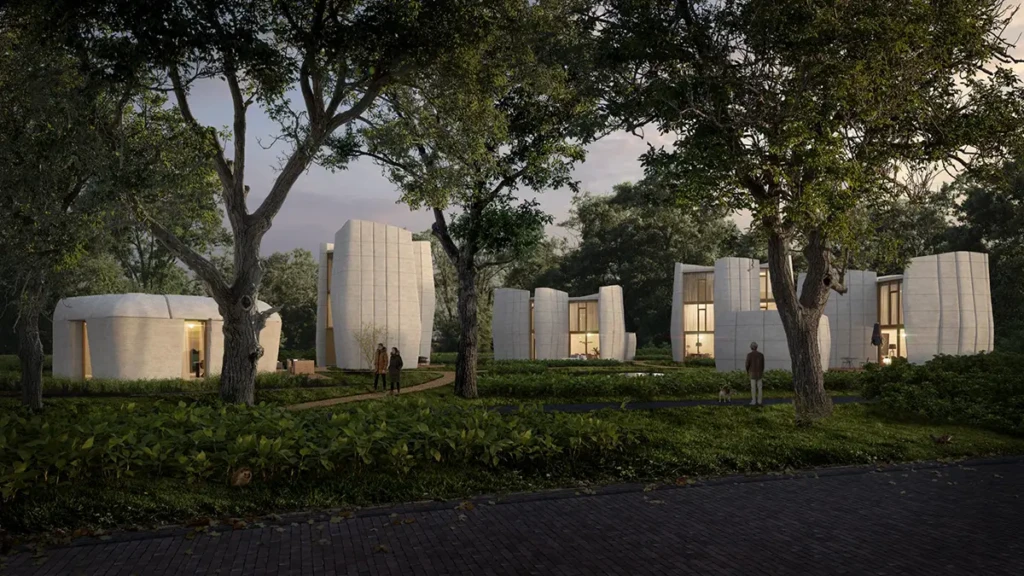
4. A sculpture made of wooden cubes (Bavaria, Germany)
This work by the architectural studio Appels Architekten is a family home located on the shores of a lake and hidden among the curves of the Bavarian hills. The artistic idea behind the project was clear from the outset about its relationship with the world of sculpture: it is a composition made up of wooden cubes (the rooms) between which there are spaces that allow light to enter. The prefabricated wooden construction turns this house into a sculpture that is also environmentally friendly.
Sieh dir diesen Beitrag auf Instagram an
23



